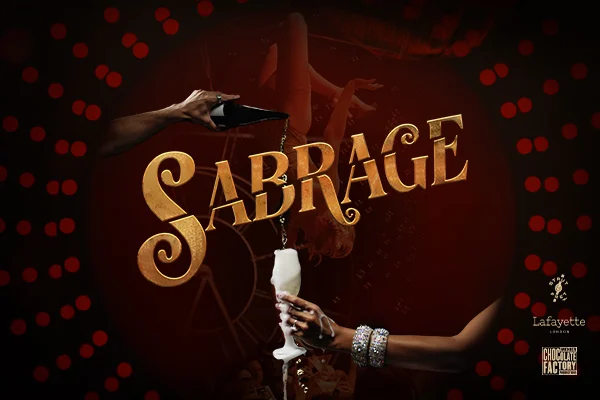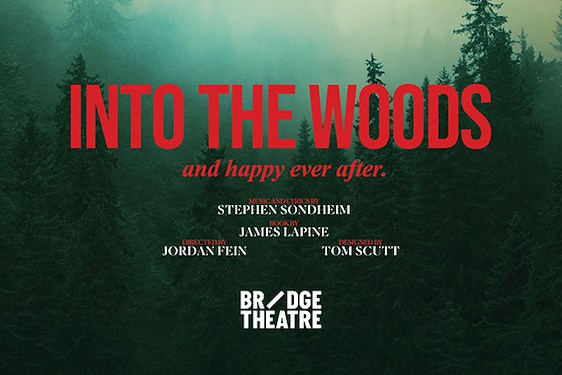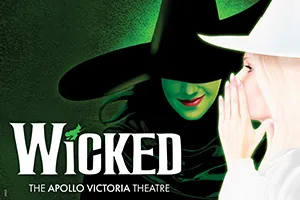Magic, puppetry, dance, aerial acts and snowflakes inside an illuminated circle fill this musical version of C.S. Lewis’ The Lion, the Witch and the Wardrobe, directed by Michael Fentiman and based on the original production by Sally Cookson. It’s a wintry tale, including Father ‘Sinty’, so it feels rather strange to watch in spring, but with this being the anniversary year of VE Day, it is fitting that it is also a story of evacuee children during the Second World War. In this version, they are sent ‘in the middle of nowhere’ - near Inverness.
Set to wow another generation with the world of Narnia
Now in its 75th anniversary, many of us will have read this book as children or seen its various adaptations, and it looks set to enchant another generation with the world of Narnia.
It’s a charming premise - the four children Lucy (a wide-eyed Kudzai Mangombe), Susan (a sensible Joanna Adaran), Peter (an upright Jesse Dunbar) and the traitorous Edmund (Bunmi Osadolor, likeably vulnerable) enter a wardrobe in a spare room and step into the magical world of Narnia, condemned to perpetual snow by the wicked White Witch (a commanding Katy Stephens). Fortunately, the children have appropriated fur coats from the wardrobe.
On their adventure, they encounter a mixture of classical and folklore creatures such as Mr. Tumnus the faun (an intriguing Alfie Richards) and talking animals - beavers, a red squirrel and others - all played by a cast who take on multiple roles, including performing live folk music as they weave in and out of scenes.
Charming puppets such as the Professor’s cat Schrödinger (a nod to Lewis being an Oxford academic) and the magnificent Aslan, a giant puppet with a stylised mane designed by Max Humphries and directed by Toby Olié, are the highlights of the show. There are striking stage effects - from the lit windows of a steam train (created with boxes held up by the cast) to giant pink Turkish Delight that taunts Edmund. Voluminous white veils drop from the ceiling and are used to breathtaking effect as the White Witch’s train, which she ascends in full majesty.
The first act is delightful, with non-stop fun, movement, music and special effects. However, the second act stalls, not least due to Lewis’ own plot. His Christian symbolism - Aslan representing Christ, whose self-sacrifice saves Edmund and who then rises from the dead - is heavy-handed. The audience may be divided on this, but it undeniably creates a ponderous second act that drags on, despite the musicians and dancers’ efforts to keep the energy up, though by now their routines feel repetitive.
This is not a show for children under nine, as there are some terrifying characters, especially the wolves and the Witch’s henchmen, as well as some explicit onstage violence.


















